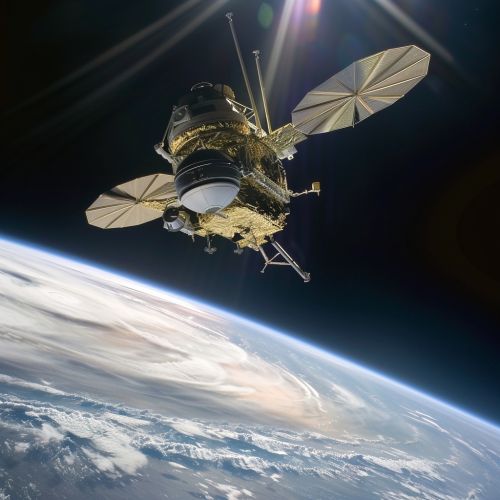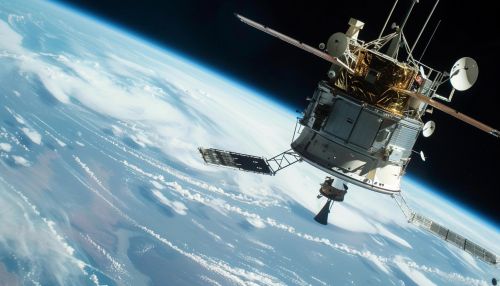Cassini-Huygens
Introduction
The Cassini-Huygens mission, a joint venture of NASA, the European Space Agency (ESA), and the Italian Space Agency (ASI), was a pioneering endeavor that marked a significant milestone in space exploration. The mission, named after astronomers Giovanni Domenico Cassini and Christiaan Huygens, was designed to study the Saturn system in detail over a period of 13 years.


Mission Overview
The Cassini-Huygens mission was launched on October 15, 1997, from Cape Canaveral Air Force Station in Florida. The spacecraft consisted of two main elements: the Cassini orbiter, which was designed to orbit Saturn and its moons, and the Huygens probe, which was designed to land on the surface of Saturn's largest moon, Titan.
Cassini Orbiter
The Cassini orbiter was the largest and most complex interplanetary spacecraft ever built. It was equipped with a wide range of scientific instruments designed to study every aspect of Saturn, from its atmosphere to its magnetic environment, and from its rings to its many moons.
Huygens Probe
The Huygens probe was the first to land on an outer solar system world. It descended through Titan's atmosphere on January 14, 2005, collecting data on the atmosphere's composition and dynamics, and sending back images of the moon's surface.
Mission Highlights
The Cassini-Huygens mission made numerous groundbreaking discoveries during its 13-year mission. These include the discovery of new moons, the observation of seasonal changes on Titan, the detection of a subsurface ocean on the moon Enceladus, and detailed studies of Saturn's rings.
Mission End
The Cassini-Huygens mission ended on September 15, 2017, when the Cassini orbiter was deliberately plunged into Saturn's atmosphere, where it burned up. This was done to ensure that the spacecraft would not contaminate any of Saturn's moons with Earth microbes.
Legacy
The Cassini-Huygens mission has left a lasting legacy in the field of planetary science. The data collected by the mission continues to be analyzed and will likely continue to yield new insights for many years to come.
